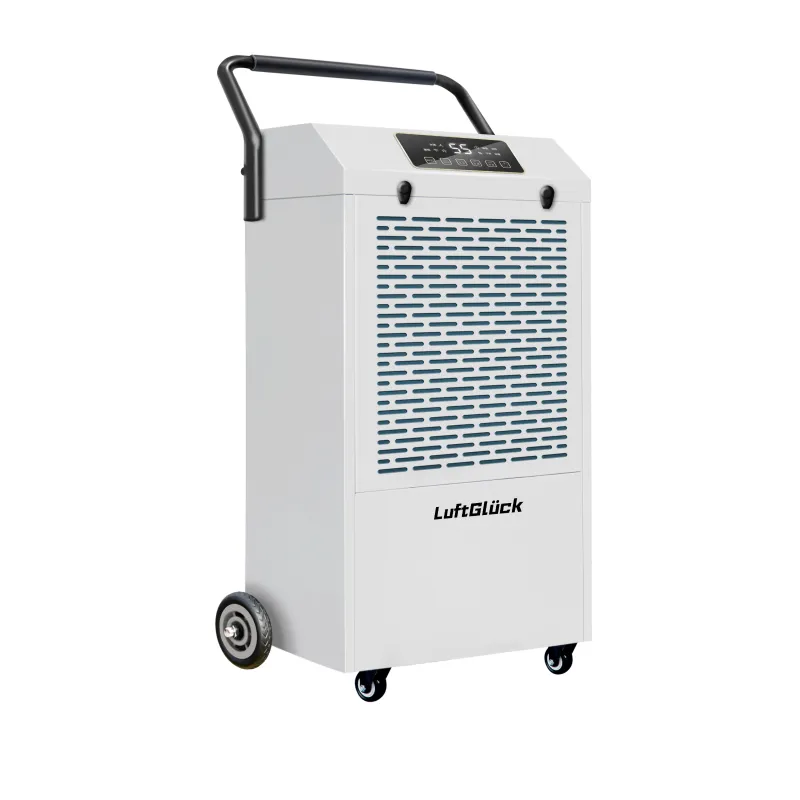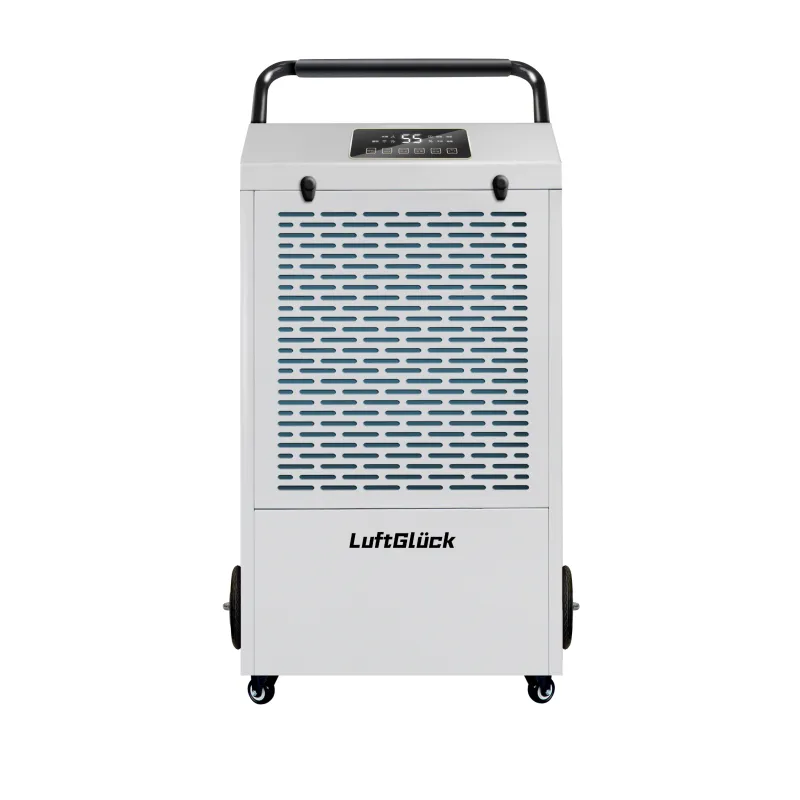Understanding the Impact of Modern Dehumidifier Technology on Energy Consumption
The rising cost of energy and growing environmental consciousness have made homeowners increasingly aware of their appliances' energy consumption. Among these appliances, dehumidifiers play a crucial role in maintaining indoor comfort and air quality. An energy efficient dehumidifier can significantly reduce your electricity bills while effectively managing indoor humidity levels.
Today's energy efficient dehumidifiers incorporate advanced technology and innovative features that maximize performance while minimizing power consumption. These modern units can remove the same amount of moisture from the air as traditional models but use substantially less electricity, resulting in notable cost savings over time.
Core Benefits of Energy Efficient Dehumidifiers
Substantial Cost Savings on Utility Bills
When comparing energy efficient dehumidifiers to conventional models, the difference in power consumption is remarkable. Modern energy-efficient units typically consume 20-30% less electricity than their traditional counterparts. For a device that often runs several hours daily, these savings can amount to hundreds of dollars annually on your utility bills.
Consider a standard dehumidifier running 8 hours daily during humid months versus an energy efficient dehumidifier with the same capacity. The energy-efficient model could save approximately $150-200 per year in electricity costs, depending on local utility rates and usage patterns.
Enhanced Performance Features
Energy efficient dehumidifiers don't just save power – they often come equipped with advanced features that improve overall performance. Auto-shutoff functions, programmable humidity levels, and smart sensors ensure optimal operation without unnecessary energy consumption. These features help maintain ideal humidity levels while minimizing energy waste.
Many modern units also include digital displays, remote monitoring capabilities, and automated drainage options, making them more convenient and effective at managing indoor moisture levels. These innovations contribute to both energy savings and improved user experience.
Technical Innovations Driving Energy Efficiency
Advanced Compressor Technology
The heart of an energy efficient dehumidifier lies in its compressor system. Modern units utilize high-efficiency compressors that operate more effectively at various temperatures and humidity levels. These advanced compressors require less power to remove moisture while maintaining consistent performance throughout their operation cycle.
Inverter technology, now common in premium energy efficient dehumidifier models, allows for variable speed operation. This means the unit can adjust its power consumption based on current conditions rather than running at full capacity continuously, resulting in significant energy savings.
Improved Airflow Design
Modern energy efficient dehumidifiers feature optimized airflow patterns that enhance moisture removal while reducing energy consumption. Advanced fan designs and strategically placed vents ensure maximum air coverage with minimal power usage. This improved efficiency means the unit can process more air while consuming less electricity.
The integration of high-quality air filters and coil designs also contributes to better performance and energy efficiency. These components help maintain optimal airflow while preventing dust and debris from reducing the unit's efficiency over time.

Calculating Long-term Energy Savings
Annual Cost Analysis
To understand the potential savings from an energy efficient dehumidifier, consider the unit's energy factor (EF) rating. This measurement indicates how many liters of water are removed per kilowatt-hour of electricity consumed. Modern energy efficient models typically have higher EF ratings, translating to better performance per unit of energy used.
A detailed cost analysis shows that investing in an energy efficient dehumidifier can lead to a return on investment within 2-3 years through reduced energy bills. The initial higher purchase price is often offset by lower operating costs over the appliance's lifetime.
Environmental Impact Reduction
Beyond monetary savings, energy efficient dehumidifiers contribute to environmental conservation. Lower energy consumption means reduced carbon emissions and a smaller environmental footprint. For environmentally conscious consumers, this represents an important additional benefit of choosing an energy efficient model.
The reduced energy consumption of these units can help decrease household carbon emissions by several hundred pounds annually, depending on your local power grid's energy sources and usage patterns.
Maximizing Energy Efficiency Through Proper Usage
Optimal Placement and Settings
To maximize the energy savings potential of your energy efficient dehumidifier, proper placement and settings are crucial. Position the unit away from walls and furniture to ensure optimal airflow. Setting appropriate humidity levels – typically between 45-50% for most homes – prevents unnecessary operation and energy consumption.
Regular maintenance, including filter cleaning and coil inspection, helps maintain the unit's energy efficiency over time. A well-maintained energy efficient dehumidifier will continue to operate at peak performance, ensuring consistent energy savings throughout its lifespan.
Smart Integration and Automation
Many modern energy efficient dehumidifiers can integrate with smart home systems, allowing for automated operation based on real-time humidity levels and occupancy patterns. This intelligent operation ensures the unit runs only when necessary, maximizing energy savings while maintaining optimal comfort levels.
Smart features like scheduling, remote monitoring, and automated adjustments help prevent energy waste while ensuring consistent humidity control throughout your living space.
Frequently Asked Questions
What makes a dehumidifier energy efficient?
Energy efficient dehumidifiers combine advanced compressor technology, optimized airflow design, and smart controls to remove moisture while consuming minimal electricity. They often feature Energy Star certification and higher energy factor ratings compared to standard models.
How long does it take to recover the cost difference of an energy efficient dehumidifier?
Most households can recover the additional cost of an energy efficient dehumidifier through reduced energy bills within 2-3 years, depending on usage patterns and local electricity rates. The savings continue throughout the unit's lifetime, typically 8-10 years.
What maintenance is required to maintain energy efficiency?
Regular maintenance includes cleaning or replacing filters, checking and cleaning coils, ensuring proper airflow, and verifying drainage systems. These steps help maintain optimal performance and energy efficiency throughout the dehumidifier's lifespan.

